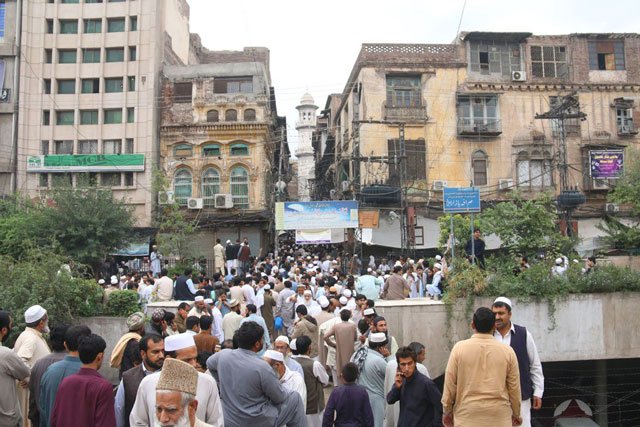
According to the Pakistan Meteorological Department, the epicentre of the earthquake was the Afghanistan-Tajikistan border region and its focal depth was recorded at 227 kilometres.
Spike in quakes: 851 seismic disturbances recorded in 2015
Tremors were felt in Rawalpindi, Swat, Abbotabad, Chiniot, Mianwali, Shangla, Haruipur, Islamabad, Peshawar, Muzaffarabad, Swabi, Skardu, Mansehra and Faisalabad.
Last Saturday, tremors were felt in Islamabad and parts of K-P. The epicentre of the quake was reported to be in the Hindu Kush range, with the earthquake measuring 5.8 on the richter scale.
Earthquake jolts Islamabad, parts of K-P
The tremors were felt across Chitral, Dir, Mianwali, Shangla, Malkand, Lahore, Rawalpindi, Peshawar and Islamabad. Following tremors, people rushed out of their homes and buildings amid panic.
The number of earthquakes in Pakistan has been rising steadily over the past five years. The Pakistan Meteorological Department recorded about 851 seismic disturbances in 2015.
October earthquake might have reactivated dormant fault lines: PMD
Pakistan comes in the South Asian region, which has three large mountain ranges at a junction of seismic fault lines. In the north is the stationary Eurasian tectonic plate. In the south is the moving Indian plate, which makes the zone more prone to earthquakes.
This is a developing story and will be updated accordingly.





1724919650-0/Untitled-design-(5)1724919650-0-270x192.webp)

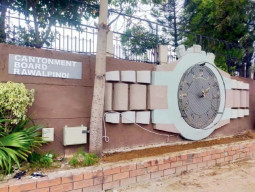
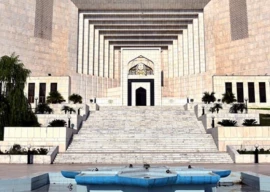
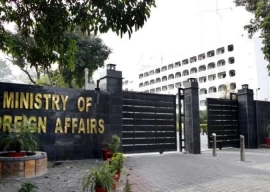




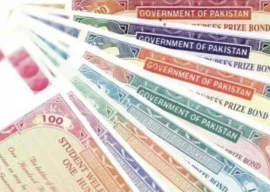








COMMENTS
Comments are moderated and generally will be posted if they are on-topic and not abusive.
For more information, please see our Comments FAQ